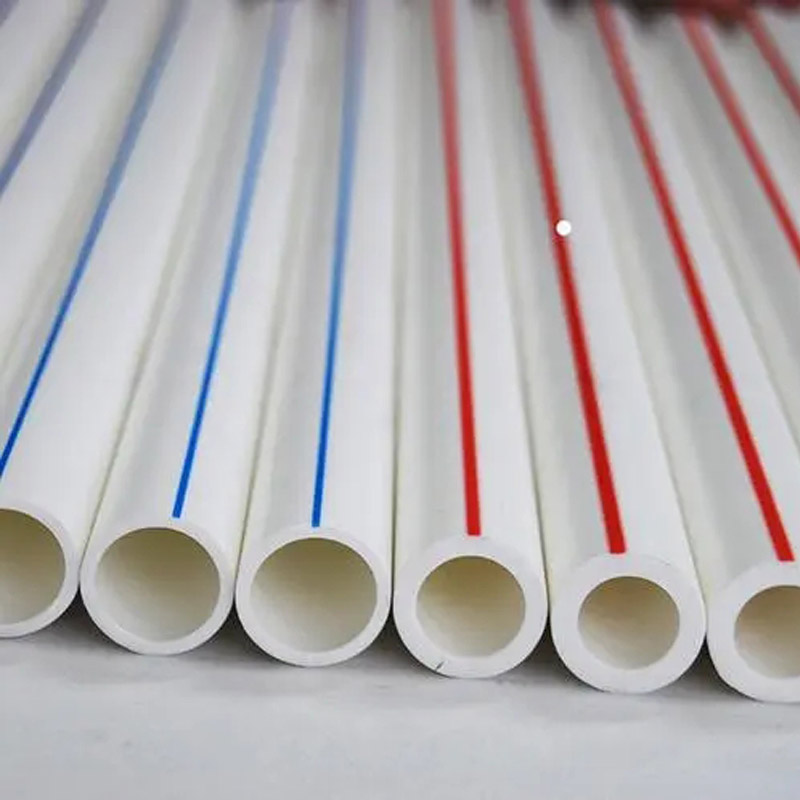Nov . 09, 2024 09:53 Back to list
Effective Insulation Solutions for PPR Hot Water Piping Systems
Understanding PPR Hot Water Pipe Insulation Products
In the realm of plumbing and piping systems, the choice of materials is essential for both efficiency and longevity. Among the various options, Polypropylene Random Copolymer (PPR) has emerged as a popular choice, especially for hot water applications. The insulation of these pipes is a critical component that enhances their performance, ensuring energy efficiency and reduced heat loss.
PPR pipes are favored for their impressive thermal stability and resistance to high temperatures. They can withstand temperatures up to 95°C (203°F), making them ideal for hot water distribution systems. However, to maximize their effectiveness, proper insulation is crucial. Insulation not only helps to maintain the temperature of the water within the pipes but also prevents heat loss, which can contribute significantly to energy savings.
Benefits of Insulating PPR Hot Water Pipes
1. Energy Efficiency One of the primary benefits of PPR hot water pipe insulation is energy conservation. By maintaining the water temperature within the pipes, insulating materials reduce the energy required for heating, thus lowering utility bills. Insulation minimizes the thermal conductivity of the pipes, effectively keeping the hot water hot and cold water cold.
2. Condensation Control Without proper insulation, temperature fluctuations can lead to condensation forming on the exterior of the pipes. This moisture can cause water damage and promote mold growth in surrounding areas. By insulating PPR pipes, condensation is significantly reduced, contributing to a healthier indoor environment and prolonging the life of the pipe material.
3. Noise Reduction Insulating pipes can also act as a sound barrier, minimizing both the noise from water movement and the echoing of plumbing sounds through walls. This is particularly beneficial in residential and commercial spaces where excess noise can be disruptive.
4. Protection from Freezing In colder climates, uninsulated pipes can be at risk of freezing, which can lead to burst pipes and costly repairs. Insulating PPR pipes provides an added layer of protection against the cold, ensuring that the water inside does not freeze, especially during winter months.
Types of Insulation Materials for PPR Pipes
ppr hot water pipe insulation products

When it comes to insulating PPR hot water pipes, several materials are commonly used
- Foam Insulation This type of insulation is lightweight, flexible, and easy to install. It provides excellent thermal resistance and is often made from polyethylene or neoprene. Foam insulation wraps around the pipe, creating a barrier that reduces heat loss.
- Mineral Wool Known for its high-temperature resistance, mineral wool insulation offers great thermal performance and is fire resistant. It is generally used in industrial applications but can also be applied in residential settings where higher temperatures are a concern.
- Fiberglass Insulation Another popular option, fiberglass insulation is made from fine glass fibers and is known for its effectiveness in maintaining temperature control. It typically comes in batts or rolls, making it suitable for various pipe sizes.
Installation Considerations
Proper installation is key to ensuring that PPR hot water pipe insulation performs effectively. It is important to choose insulation materials that fit snugly around the pipes without any gaps. Any openings can lead to thermal bridging, negating the benefits of insulation. Additionally, it is vital to ensure that all joints and fittings are adequately insulated, as these areas are often prone to heat loss.
Conclusion
In conclusion, PPR hot water pipe insulation products offer a multitude of benefits that enhance the performance, efficiency, and durability of plumbing systems. With the right insulation, property owners can enjoy significant energy savings, reduced risk of condensation and freezing, and improved comfort in their living or working environments. As energy costs continue to rise and environmental awareness increases, investing in quality insulation for PPR pipes is not just an option—it's a necessity for a sustainable future.
-
High-Quality PVC Borehole Pipes Durable & Versatile Pipe Solutions
NewsJul.08,2025
-
High-Quality PVC Perforated Pipes for Efficient Drainage Leading Manufacturers & Factories
NewsJul.08,2025
-
High-Quality PVC Borehole Pipes Durable Pipe Solutions by Leading Manufacturer
NewsJul.08,2025
-
High-Quality PVC Borehole Pipes Reliable PVC Pipe Manufacturer Solutions
NewsJul.07,2025
-
High-Quality UPVC Drain Pipes Durable HDPE & Drain Pipe Solutions
NewsJul.07,2025
-
High-Quality Conduit Pipes & HDPE Conduit Fittings Manufacturer Reliable Factory Supply
NewsJul.06,2025

